M EMORIALIZING THE GDR
M EMORIALIZING THE GDR
Monuments and Memory after 1989
Anna Saunders

First published in 2018 by
Berghahn Books
www.berghahnbooks.com
2018 Anna Saunders
All rights reserved. Except for the quotation of short passages for the purposes of criticism and review, no part of this book may be reproduced in any form or by any means, electronic or mechanical, including photocopying, recording, or any information storage and retrieval system now known or to be invented, without written permission of the publisher.
Library of Congress Cataloging-in-Publication Data
Names: Saunders, Anna, 1967- author.
Title: Memorializing the GDR : monuments and memory after 1989 / Anna Saunders.
Description: New York : Berghahn Books, [2018] | Includes bibliographical references and index.
Identifiers: LCCN 2017053208 (print) | LCCN 2018017101 (ebook) | ISBN 9781785336812 (ebook) | ISBN 9781785336805 (hardback : alk. paper)
Subjects: LCSH: Germany (East)--History. | Memorials--Germany (East) | Memorialization--Political aspects--Germany (East) | Collective memory--Germany (East) | Germany--History--Unification, 1990--Influence.
Classification: LCC DD282 (ebook) | LCC DD282 .S385 2018 (print) | DDC 943/.1087--dc23
LC record available at https://lccn.loc.gov/2017053208
British Library Cataloguing in Publication Data
A catalogue record for this book is available from the British Library
ISBN 978-1-78533-680-5 hardback
ISBN 978-1-78533-681-2 ebook
For David, Scott and Rowan

Contents

Illustrations

Acknowledgements
I am indebted to numerous individuals and organizations, who have all made this book possible in so many different ways. Throughout the course of my research, I have corresponded with and visited archives, local government offices, memorial sites, diverse institutions, artists and memory activists. Time and again, I have been met with generosity, enthusiasm and patience concerning my requests for information, for which I am extremely grateful. I would like to thank all those who spent time providing me with personal insights, showing me sites of interest, and often allowing me to consult their private archives or collections: Lothar and Heidrun Brauer, Ekkehard Brunstein, Norbert Cred, Lothar Ehm, Rudolf Evers, Manfred Fischer, Falk-Thoralf Gnther, Wolfgang Hocqul, Andreas Kahl, Martin Klhn, Rainer Klemke, Wolfgang Krause, Egon Khlbach, Mathias Lindner, Peter Luban, Rita Ldtke, Thomas Meyer, Max Renkl, Friedrich Riechel, Bodo Ritscher, Rdiger Roehl, Wolfgang Sachs, Jan Skuin, Guillermo Steinbrggen, Annette Tietz, Andreas Wagner, Heidi Wagner-Kerkhof, Barbara Wils, Christopher Zenker and Barbara Zibler. In particular, I would like to express my gratitude to Elfriede Mller, whose time and generosity in allowing me access to materials at Berlins Office for Art in the Public Sphere during the early stages of my research proved immensely helpful, to Axel Klausmeier for many stimulating discussions and insights into developments in Berlin and at Bernauer Strae, and to Joachim Schwend for providing a stream of newspaper cuttings and taking me on an enlightening memorial day trip. My thanks also go to Alan Deighton and Stephanie Bostock, both of whom have allowed me to use their photographs. Many of my research trips were made possible by funding from a British Academy Small Research Grant as well as an Early Career Fellowship from the Arts and Humanities Research Council, which above all enabled me to devote much-needed time to the project. Study leave granted by Bangor University also allowed me the time to finish the manuscript when it was most critical.
I am especially grateful to those who read or commented on all or part of the manuscript at various stages and provided invaluable advice on how it might be improved: Debbie Pinfold, Bill Niven, Dennis Tate, Carol Tully, Andrew Barker and Andrew Hiscock. Colleagues past and present at Bangor University and beyond have also provided support, inspiration, collaboration and friendship throughout the life of this project. In particular, I would like to thank Sara Jones, Joanne Sayner, Linda Shortt, Stefan Baumgarten, Sarah Pogoda, Helena Migulez-Carballeira, Gillian Jein, Eva Bru-Dominguez and Nicki Frith. Finally, my special thanks go to David Cornwell, whose love, support, patience and humour have accompanied every stage of this project, and to Scott and Rowan, both of whom were born during the course of this book, and who remind me every day of the important things in life. Although contrary to much advice this is not a pop-up book of monuments, it is dedicated to them.

Abbreviations and Key Terms
| Alltag | the everyday |
| Aufarbeitung | working through the past |
| CDU | Christian Democratic Union |
| CPSU | Communist Party of the Soviet Union |
| CSU | Christian Social Union in Bavaria |
| Denkmal | monument |
| Denkzeichen | memorial mark |
| DHM | German Historical Museum |
| DM | Deutsche Mark |
| FDJ | Free German Youth |
| FDP | Free Democratic Party |
| FRG | Federal Republic of Germany |
| GDR | German Democratic Republic |
| GPU-cellar | NKVD-controlled interrogation centre |
| IM | unofficial collaborator of the Stasi |
| Mahnmal | monument (with a cautionary purpose) |
| NGBK | New Society for the Visual Arts |
| NKVD | Soviet Peoples Commissariat for Internal Affairs (Soviet secret police) |
| Ostalgie | nostalgia for the GDR |
| PDS | Party of Democratic Socialism (from 2007: Die Linke) |
| POW | prisoner of war |
| SED | Socialist Unity Party of Germany |
| SPD | Social Democratic Party of Germany |
| Stasi | Ministry for State Security of the GDR |
| Wende | period of political change in East Germany in 1989/90 |

Introduction
The Wall must go! was one of the most arresting slogans of November 1989, and arguably of the twentieth century. The concrete scar across Berlins cityscape came to define world politics, provoking repeated calls for its destruction. Its demolition in the early 1990s was almost unanimously greeted with enthusiasm by politicians, residents and town planners; this hated Cold War edifice was finally to disappear, allowing Germanys new capital city to look to the future. Yet in March 2013, a chorus of demonstrators at Berlins East Side Gallery chanted The Wall must stay!, angered by the removal of a section of wall from one of few remaining historic sites. One protestor highlighted the historical irony of the situation, inscribing onto its concrete base an evocative plea to Berlins mayor: Mr Wowereit dont tear down this wall. The removal activity, sanctioned by the district council, enabled access to a building site between the wall and the river Spree, on which a luxury high-rise apartment block was to be constructed. Protesters objected not only to the damage caused to what has become a valuable historical document and unintended monument to the Cold War, but also to the plans to build a high-rise development in the former death strip, which could potentially dwarf the wall and belittle its historical importance. Revelations about the investors involvement with the Stasi in the 1980s added further grist to the protesters mill, and brought an extra layer of moral complexity to one of many recent East German memory debates.
Next page

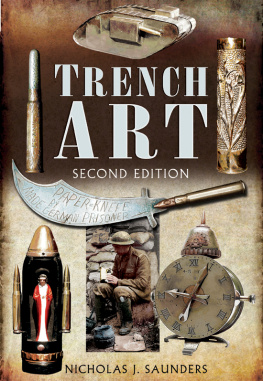
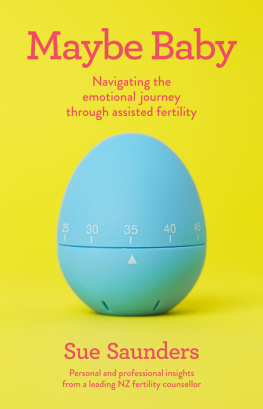

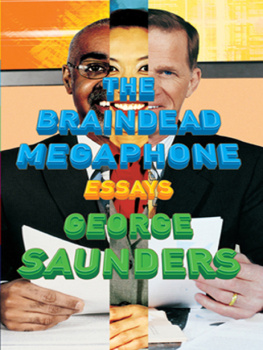
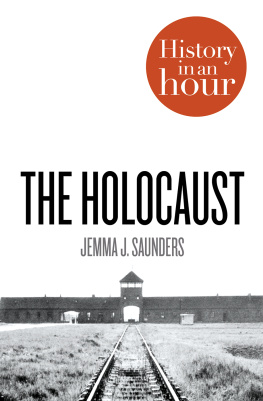

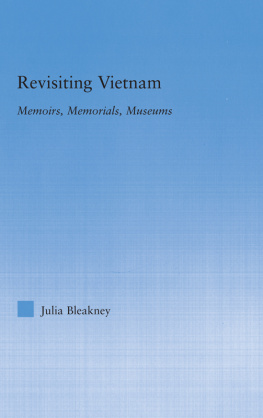
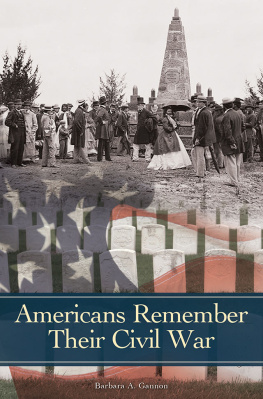
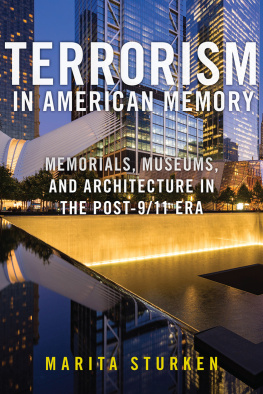
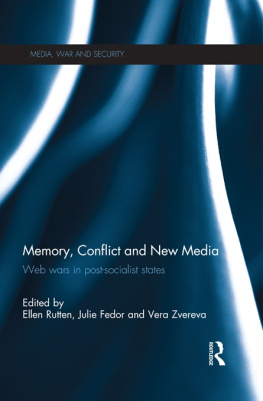

 Contents
Contents